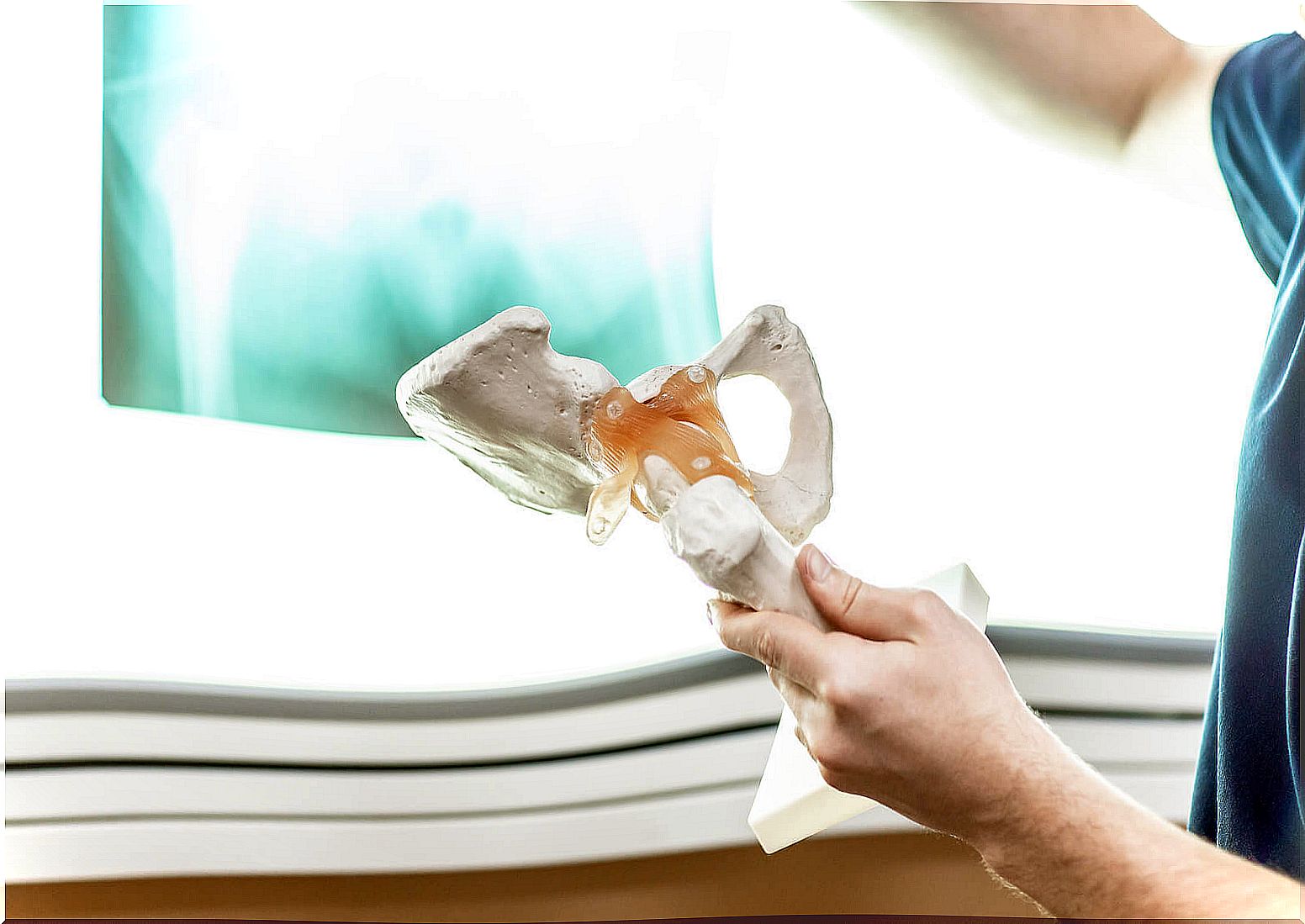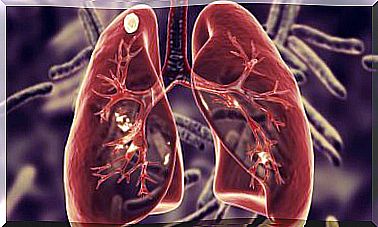All About Hip Dislocation
A hip dislocation or dislocation is a pathology. This consists of a loss of the normal articular relationship between the articular surface of the femur and the pelvis. There are different types of hip dislocations. These depend on where the articular surface of the femur is relative to the tibia.
In this way, we distinguish between two types of hip dislocation :
- Anterior hip dislocation : the femur is above the acetabulum, that is, the concave articular portion of the surface of the pelvis.
- Posterior hip dislocation : the femur is behind the acetabulum.
Causes

Hip dislocation is usually due to severe trauma that occurs as a result, for example, of traffic accidents. Another frequent cause is high-impact work in which the hip suffers a strong and sudden blow.
For example, when a co-driver is involved in a car accident by striking his knee against the dash. In this case, the clinic would show a leg with internal rotation, abduction, and a flexed leg.
Symptoms
The symptoms produced by hip dislocation are the following:
- Pain around the hip
- Swelling and inflammation of the area.
- Functional impotence : inability to rotate the leg when performing an external or internal rotation, depending on whether the dislocation is anterior or posterior.
- Shortening of the limb and deformity in case of not receiving the necessary medical attention.
- You may notice a lack of sensation in some areas of the foot or leg, due to nerve damage.
- Sometimes blood can collect in the joint cavity.
Diagnosis
The diagnosis of a hip dislocation does not usually require special tests. This is due to two factors:
- The patient has severe pain around the hip.
- The leg is immobilized and with external or internal rotation if it is anterior or posterior respectively.
However, it is advisable to perform an imaging test of the area. In this way, the existence of a bone fracture associated with the dislocation is ruled out before trying to manipulate it:
- A radiological exploration of both planes is sufficient to know the type of dislocation and to carry out the appropriate treatment. If the X-ray is not enough, it would be necessary to perform a CT scan to be able to check for displacement of the ligaments or fracture.
- A computerized axial tomography (CT) is an imaging technique that uses X-radiation to obtain anatomical cuts or sections, in this case of the hip and thus give a diagnosis. Simple CT and three-dimensional CT are used in the diagnosis of hip dislocation.

Treatment of hip dislocation
To avoid further serious injury, treatment for a hip dislocation should begin as soon as possible. This treatment consists of reducing the joint, that is, repositioning it in its natural position.
In general, hip placement is carried out under local anesthesia, in order to maintain previously relaxed muscles with analgesics and anesthetics. General anesthesia will only be used as a last resort, when despite medication the joint cannot be reduced without risk of causing further damage.
Once the joint has been reduced, a control radiograph should be performed to rule out fractures associated with the dislocation. The leg is then immobilized so that it is attached to the bandage. The usual thing is that during the time that the leg is immobilized, the patient is not allowed to put his foot on the floor or continue to get out of bed.
Once the rest time has passed, rehabilitation exercises are essential. This is because with them the strength of the muscles weakened by immobilization is recovered. Although it is normal for agility and strength to be lost after the dislocation, a complete recovery after it is also common.

Led by a physiotherapist, stretching and muscle toning exercises such as fitball and bosu are beneficial, favoring the recovery of muscle strength.
First aid
If immediate medical attention is not available, appropriate first aid can be used to treat dislocations:
- It is necessary to immobilize the affected joint, that is, the hip.
- To produce an analgesic effect, apply an ice pack to the hip.
- Do not move the area, it will be necessary to rest completely so as not to aggravate the situation.
- Under no circumstances try to reposition the hip, or administer any medication to the affected person.
Once these steps have been followed, it will be necessary to transfer the affected person to a medical center. There, medical staff will be able to carry out the necessary tests.
Prevention
There are some tips that we must take into account to avoid hip dislocation. It is important, among other things, to carry out physical exercise frequently to strengthen the muscles, to carry out a correct warm-up beforehand and to wear comfortable shoes.
If you have doubts about the frequency, intensity or type of exercises that you should do, remember that you can always consult with the orthopedic surgeon and physiotherapist.









